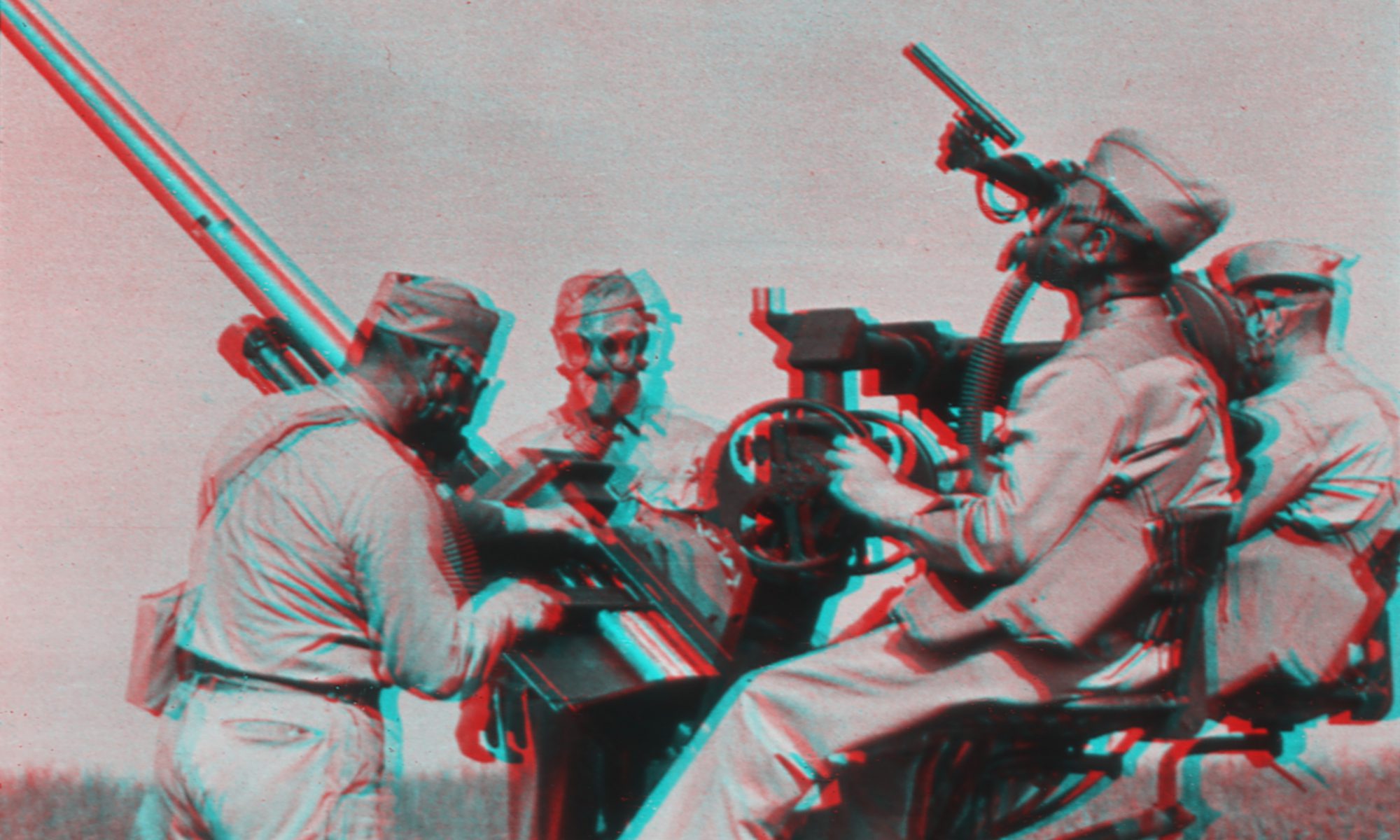The Nieuport 10
A two-seater sesquiplane with a low-power 80-HP engine and lacking a synchronization gear, the Nieuport 10 was nevertheless an innovation in the Great War air theater. Designed in 1914 by Gustave Delage, the plane ran reconnaissance early in the war. Later on, most wound up as training craft, while the rest received a retrofit. Lacking the interruptor, the front cockpits became housings for Lewis guns. The guns would have to fire at bizarre upwards angles to avoid hitting the propellor. Thus, the basic Nieuport 10 phased out, in favor of the Nieuport 11 and 12.
Nevertheless, the plane had some significant advantages. The smaller bottom wing gave pilots better downward vision. It was also lightweight, thus easier to maneuver when incapacitated. After its introduction to the war in 1915, the Nieuport 10 was quite effective. Jan Olieslagers was flying a retrofitted version when he became the first Belgian with a confirmed air victory. It’s name: Le Demon. And it was a fantastic training craft, due to its superior maneuverability – the Nieuport 10 operated until the end of the war in this capacity.
Doctor A. O. Fasser’s Negatives
Last night, I was scanning some negatives from the A. O. Fasser collection. The negatives are the most frustrating part of the collection – and also, the most important. They’re frustrating because at least one of the previous owners didn’t care much about negatives. While many of the printed slides are in surprisingly good shape, the vast majority of the negatives have been ruined. There’s scratched off emulsion. There’s deeply ingrained dirt. And boy, is there water damage. Some of the slides have been almost entirely stricken with oxidation. I was very pleased to find this Nieuport 10 in great shape.
But they’re also extremely important. Firstly, they confirm that the images were taken by Doctor Fasser. Fasser’s own work has been mixed in with the work of others in this collection – there are slides from commercial outlets like LSU and Verascope Richard in the mix. There also seem to be other amateur slides in there – an example being a large military display at the Place de la Concorde. It is from here that the two slides of the Elfriede were culled. So the existence of corresponding negatives proves that certain images or collections came from Fasser’s camera. The Nieuport 10 pictured in this post is only one of many airplanes in the collection – Fasser clearly had a serious interest in aviation. And secondly, negatives contain the most possible detail that will ever exist of a given photographic image.
Repairing an Early Newport 10
Here is a the positive print of this stereoview, as shown in the Remembrance Day 100-photo megapost:

And here is the negative from last night, as I interpreted it:

While there is clearly some fringe oxidation on the negative, more of the scene is visible – the printing process used here clearly utilizes a mask. The mask obscures some of the image, including the left-hand portion of the Nieuport 10’s wing. Additionally, there is far more detail in a negative. Look at this side-by-side comparison (clickable if you want to compare large versions):
There is clearly much more definition on the negative. This should be intuitive, but in case it is not, here’s an analogy. When you print a negative, the positive loses a generation in the same way that a mix tape you dupe for a friend loses some quality. When you make a copy negative from a positive, it does the same. I got into this somewhat when talking about how LSU made a ridiculous misprint and actually sold it. So while it’s great that we have a copy of this stereoview in any form, it’s far better to have a negative – even if it can’t be popped into a viewer for home use.
Negatives as negatives
Believe it or not, it is still entirely possible to make a new stereoview from a negative – it’s just expensive printing onto glass plates. But besides some of the best medical images Fasser took, this Nieuport 10 be near the top of my personal list (if not one of Fasser’s other biplanes). It would not be so expensive to make a paper print of this, and it would be easily viewable a number of ways – but paper does not have the same wonderful quality as glass in terms of viewing stereography. So I’m glad for having had the opportunity to see a positive of this image, and I’m glad that the negative exists (and is now safely in acid-free archival storage) over 100 years after two men went to work fixing the tire on a Nieuport 10.
Anaglyph





